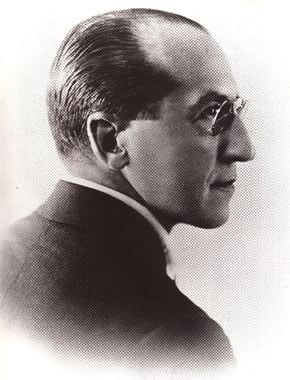Mondrian: An Introduction
 The
20th century is distinguished in art history for one invention above
all: abstraction. The Dutch artist Piet Mondrian (1872-1944) was a pioneer
in this development. His reputation rests on about 250 abstract paintings
dating from 1917 to 1944, a modest number for over 25 years of work.
Each painting was worked and reworked, built layer by layer, toward
an equilibrium of form, colour, and surface.
The
20th century is distinguished in art history for one invention above
all: abstraction. The Dutch artist Piet Mondrian (1872-1944) was a pioneer
in this development. His reputation rests on about 250 abstract paintings
dating from 1917 to 1944, a modest number for over 25 years of work.
Each painting was worked and reworked, built layer by layer, toward
an equilibrium of form, colour, and surface.
Mondrian named his style “neoplasticism”. That is how he translated his own Dutch phrase “nieuwe beelding”, which also means “new form” or “new image”. The style was based, he explained, on an absolute harmony of straight lines and pure colours underlying the visible world.
By expressing this harmony, the painter could herald a utopia where the fine arts would no longer be needed because life itself would be beautiful. Mondrian took a step in this direction by arranging rectangles of primary colour around his studio walls starting in 1919.
Mondrian believed that the rhythms of urban life - of traffic, buildings, fashion, jazz, and dance - also foretold the neoplastic utopia. He lived in Paris (1919 - 1938), London (1938 - 1940) and New York (1940 - 1944), searching each metropolis for evidence of the harmony that he tried to manifest in painting.
Throughout his career, which spanned the world wars, he believed that art could redeem tragedy. “If we cannot free ourselves” he wrote in 1941, “we can free our vision”. [ Text from: Harvard Art Museum ]
The Early Years: 1872-1909
Piet Mondrian, born Pieter Cornelis Mondriaan, was born at the Kortegracht in Amersfoort, Holland. His family consisted of his sister, Christien, and three brothers: Willem, Louis and Carel. His father was a very active man and was the head of the first Protestant primary school in Amersfoort. As well as this he was an active member of the Anti-Revolutionary political party and made lithographs of historical and biblical subjects.
The AR Party was a movement that was established to try to control the changes that were coming within society at the turn of the 19th/20th Century. They were desperately trying to keep the old way of life from the glory days of the 17th Century. Of course this was folly, but never the less, small pockets were established in many of the church groups over Holland.
Throughout his early life Mondrian never really adapted to a painting style that was his own. At school, his natural talent was seen and encouraged, although his father had designs on him becoming a teacher. Mondrian attempted to copy many existing styles of painting such as Monet, van Gogh and others - but he was never comfortable with their interpretation of scenes. The first years of his life were spent in Amersfoort where he painted the scenery mainly the bridges, fields, and views.